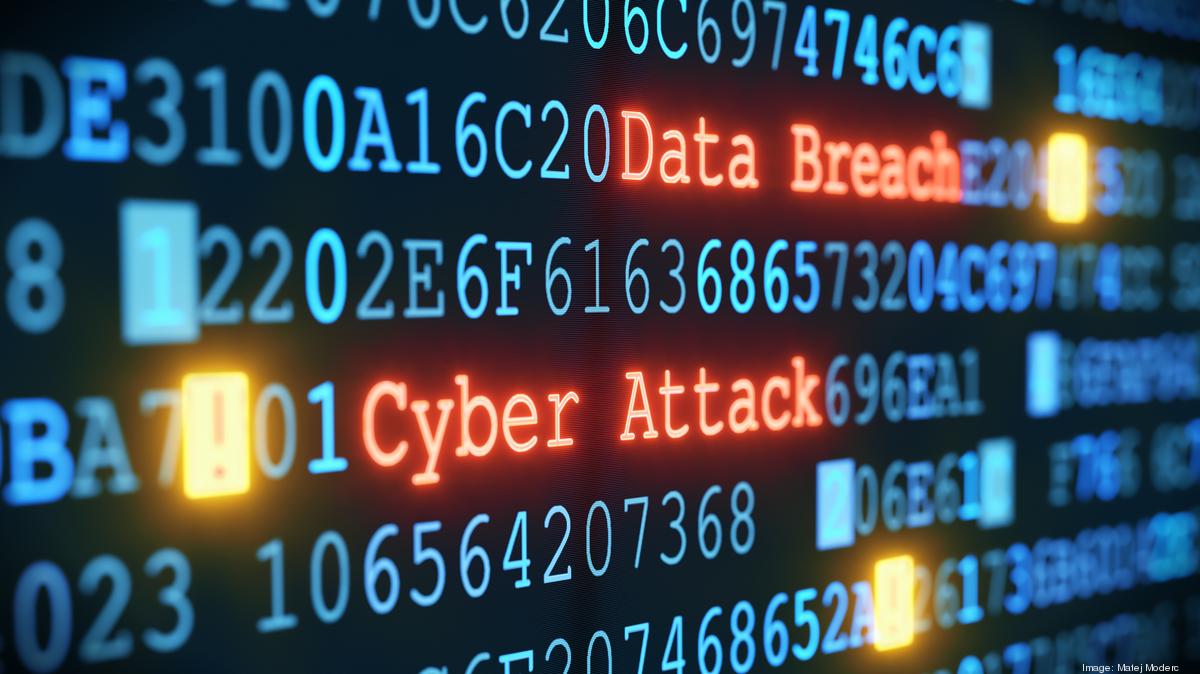
Small businesses face more sophisticated cybersecurity threats
- 18.03.2025 20:45
- bizjournals.com
- Keywords: Cyberattacks, Ransomware, Phishing, Data Breach, AI, Ransomware Payment, Cyber Insurance
Small businesses face increasing, sophisticated cyber threats leading to significant financial losses. Ransomware and phishing attacks are growing more advanced, with AI making them harder to detect. Experts advise prevention measures like training, updated systems, and cyberinsurance over paying ransoms to avoid long-term harm.